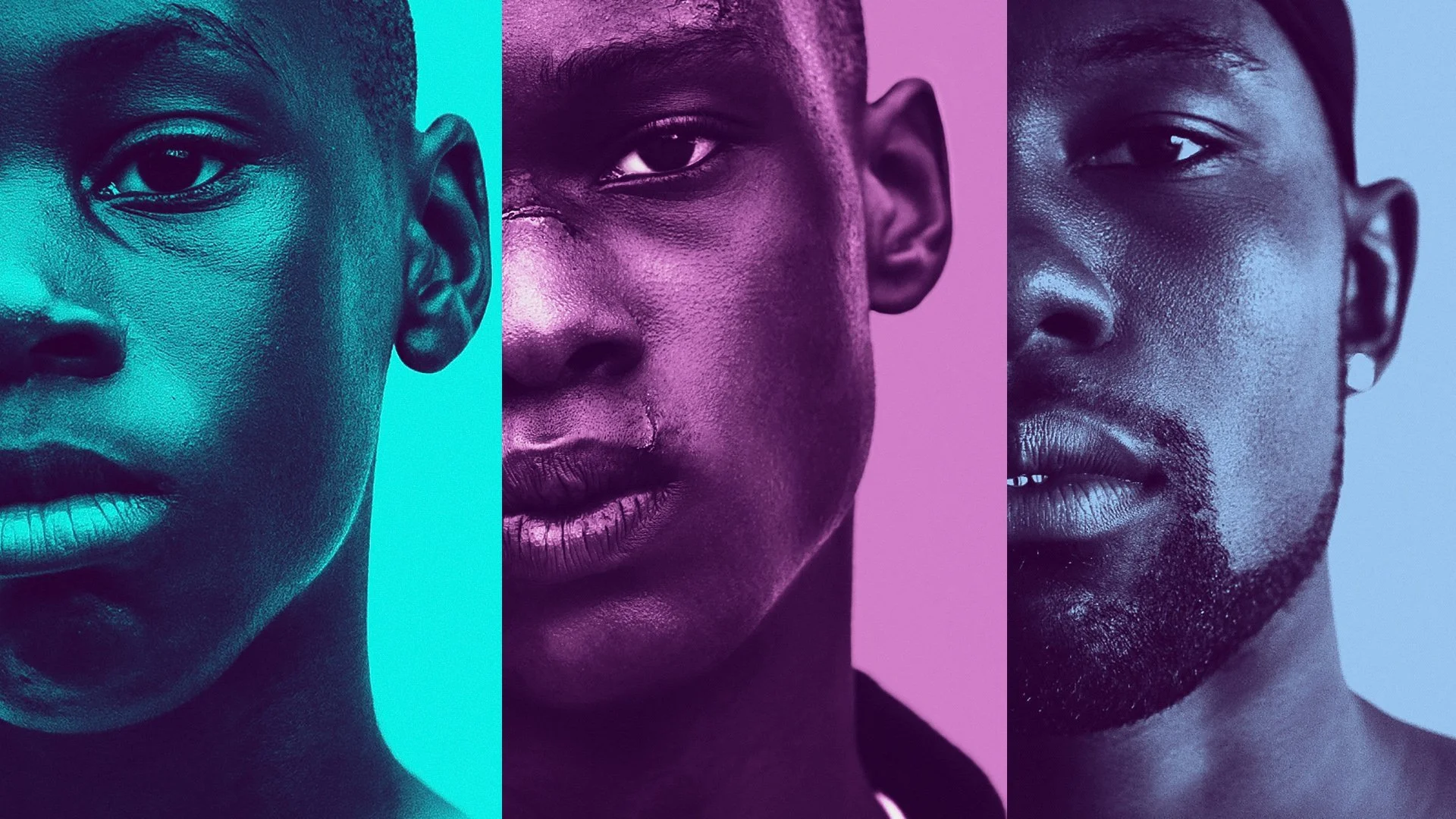How Black and Brown bodies negotiate the camera
Before the shutter clicks, a negotiation happens. For over a century, that negotiation was rigged.
Film emulsion was calibrated for white skin. The "Shirley cards" that cinematographers used to calibrate skin tones and lighting featured only Caucasian models until well into the 1970s, and only changed, as filmmaker Isaac Julien notes, because furniture and chocolate companies complained that their products weren't being captured accurately. Lighting techniques refined through centuries of painting white subjects became the technical standard. When Black and Brown people stepped in front of cameras in Western contexts, the technology rendered them underexposed, detail lost to shadow, relegated to what Nadia Latif describes in The Guardian as "the shadowy corners of film."
Meanwhile, photographers like Mama Casset in Senegal and James Barnor in Ghana were creating luminous studio portraits throughout the mid-20th century. Their images captured the full range of Black skin tones, the texture of natural hair, the elegance of traditional and contemporary dress. Barnor's color portraits from the 1970s glow with warmth. Casset's studio work shows meticulous attention to lighting that sculpts rather than flattens. The problem was never technical impossibility. The problem was whose gaze shaped the technology.
Julien puts it plainly: "The politics of lighting are summed up in that all technologies that are produced are non-neutral." Howard University professor Montré Aza Missouri teaches her cinematography students that even light meters have sensors calibrated for white skin. The bias lives in every technical instrument.
Moonlight (2016) a film by Barry Jenkins
Oil Instead of Powder
Director Barry Jenkins understood this history when making Moonlight, his 2016 film that follows a young Black man named Chiron through three chapters of his life in Miami: childhood, adolescence, and early adulthood as he navigates his sexuality and identity in a community shaped by poverty and violence. The film won the Academy Award for Best Picture, but its visual approach was equally revolutionary.
Standard cinematography practice called for powder on actors' skin to dull shine and control reflections, a technique optimized for white skin under bright lights. Jenkins rejected it. "My memory of growing up in Miami is this moist, beautiful black skin," he told TIME. "So we used oil. I wanted everyone's skin to have a sheen to reflect my memory."
Cinematographer James Laxton and colorist Alex Bickel spent months solving a problem that shouldn't exist: how to preserve richness in dark skin tones even in shadows, how to pull detail from what film stock had historically treated as unworkable darkness. They emulated different film stocks for each chapter of Chiron's life. Fuji for the warm texture of childhood. The long-retired Agfa stock with its cyan highlights for the blue-green dreams of adolescence. Modified Kodak for the harder shine of adulthood.
"When bias is built into the negative," asks cinematographer Bradford Young, "how does that affect the way we see people of colour on screen?" Young shot films like Selma (2014) and Arrival (2016), becoming the first Black man ever nominated for a cinematography Oscar. He studied under Howard University's Haile Gerima, who taught that the question of representation must always come first. Young credits the work of Arthur Jafa, Ernest Dickerson, and Malik Sayeed, Black cinematographers who learned to "climb through" the inherent bias and survive.
Director Ava DuVernay, who made the documentary 13th (2016) about mass incarceration, makes the stakes clear: "I don't appreciate seeing black folks that are unlit. If there's a dark brother, and if he's in a frame with a lighter-skinned person, you don't automatically light for the lighter-skinned person and leave him in shadow."
Self-Presentation
Every photograph is a performance shaped by who controls the frame. The camera was built with specific bodies in mind, calibrated for specific skin, designed to make certain people disappear.
When Black and Brown subjects step in front of the lens, whether in editorial spreads, street portraits, or iPhone selfies, they perform against a century of technological exclusion. Fashion becomes armor. Moisturized skin becomes a tool for reflecting light that was never meant to see you. The angle of a jaw, the positioning of braids, the decision to turn toward or away from the light source: these are acts of negotiation with a medium designed to erase.
Contemporary Black photographers and cinematographers like Ava Berkofsky (HBO's Insecure), Rachel Morrison (Fruitvale Station, 2013), and Sean Bobbitt (12 Years a Slave, 2013) have developed what Latif calls the "tricks and tactics" to achieve "on-screen black magic." Lighting to sculpt rather than bleach. Drawing rainbow colors from actors' skin itself. Digitally recreating the effects of extinct film stocks that captured Black skin with more nuance.
Who gets to define beauty
The technology has finally caught up. Digital cameras can capture the full range of melanated skin. Cinematographers trained at Howard and other programs understand that representation operates at the level of technique. Who appears on screen matters, and so does how they appear, whether they're lit with care or left to vanish into shadow.
The gaze requires more than technical correction. When a subject adjusts their posture before a camera, when they choose which angle gives them control, when they decide how much of themselves to reveal or protect, a negotiation unfolds in real time.
Who gets to define beauty when the tools themselves were built around exclusion? What does it mean that film stock evolved to capture chocolate and wood grain before it evolved to capture Black skin? And what new visual grammar emerges when the historically invisible take control of their own image, as subjects, yes, but also as the ones behind the camera, setting the lights, choosing the grade, determining who gets to be seen and how?
Latif writes: "It's about quality, not quantity. It's about the universe of blackness appearing in all its different glorious ways." The pose before the picture has always been political.

